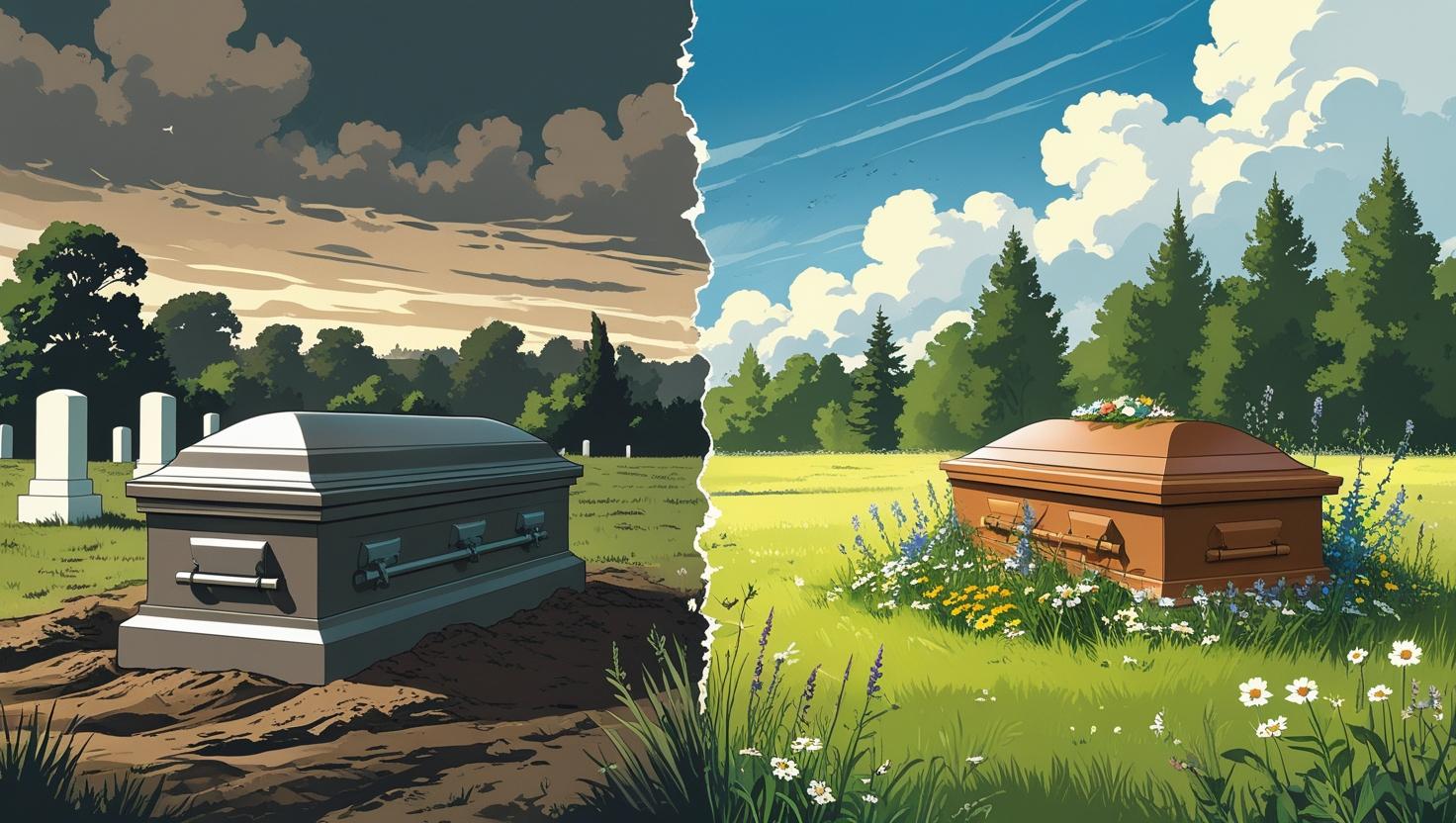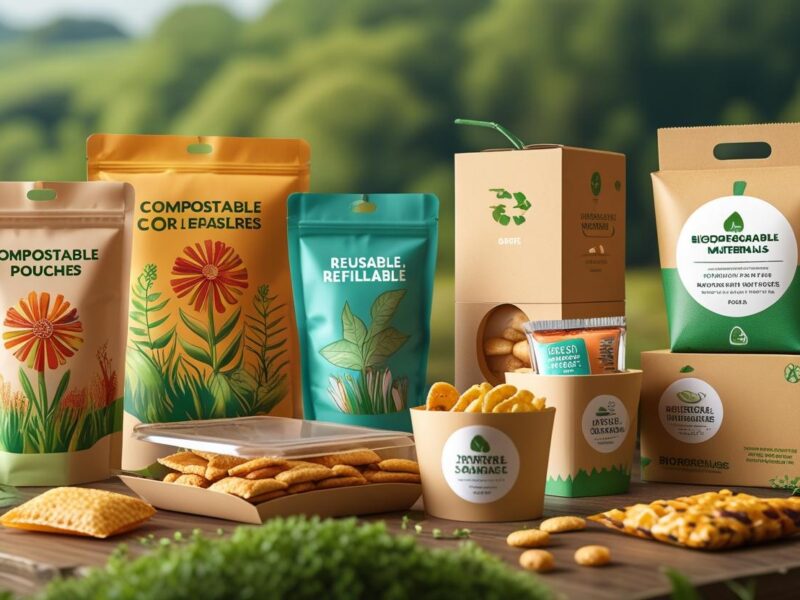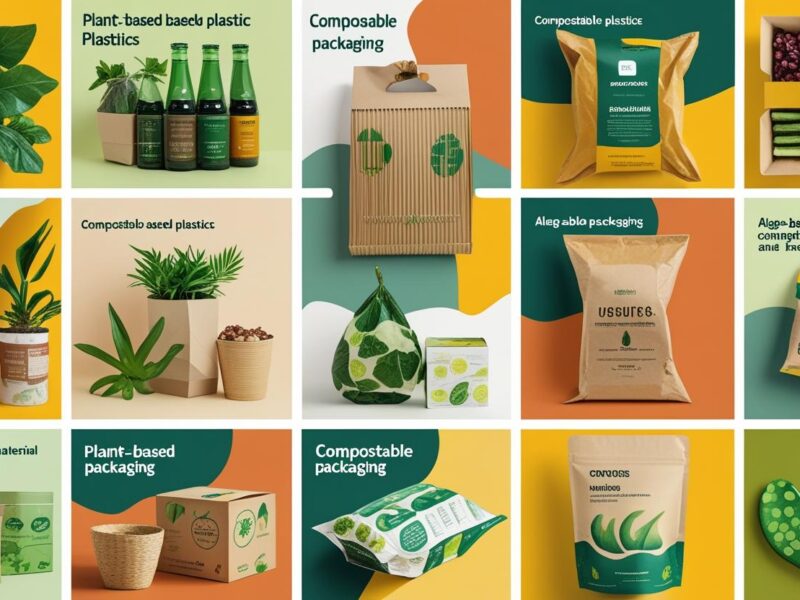Discover the benefits of eco-friendly burial options that promote sustainability and honor the planet. Learn about green burial practices and their significance.

Eco-Friendly Burial
As awareness of environmental sustainability continues to grow, many individuals are seeking ways to make their final wishes align with their values. One such choice is an eco-friendly burial. A traditional burial can have significant environmental impacts, from land usage to the chemicals in embalming fluids. In contrast, eco-friendly burial methods are designed to minimize harm to the environment, promote sustainability, and offer a more natural, harmonious end-of-life solution.
This article delves into the various aspects of eco-friendly burial, including what it entails, its benefits, and the available options. By the end, you will have a comprehensive understanding of how eco-friendly burials work and why they might be the right choice for you or a loved one.
What Is Eco-Friendly Burial?
An eco-friendly burial refers to a method of disposing of human remains in a way that minimizes environmental impact. It avoids the use of toxic chemicals, artificial materials, and other elements that can harm the earth. The goal is to return the body to the earth in the most natural and biodegradable way possible.
Eco-friendly burials typically include green burials, biodegradable caskets, natural materials, and no embalming fluids. This approach is often referred to as “green burial” and is a response to the environmental toll of conventional burial practices.

The Environmental Impact of Traditional Burial Practices
Before diving into the benefits of eco-friendly burial, it’s essential to understand the environmental concerns surrounding traditional burial methods.
- Embalming Chemicals: Traditional burials often involve embalming, a process that uses chemicals like formaldehyde to preserve the body. These chemicals can seep into the soil and groundwater, leading to long-term contamination.
- Non-Biodegradable Caskets: Many traditional caskets are made from non-biodegradable materials, such as metal, hardwood, and plastics, which do not break down easily and can sit in the earth for hundreds of years.
- Land Use: Conventional cemeteries require vast amounts of land. While cemeteries serve as peaceful resting places, they often take up valuable green spaces that could otherwise be used for agriculture, parks, or natural habitats.
- Carbon Footprint of Funeral Practices: Funerals involve travel, elaborate arrangements, and other activities that contribute to a significant carbon footprint.
What Are the Options for Eco-Friendly Burial?
There are several eco-friendly burial methods that differ from traditional practices. Let’s explore the most popular ones.
Green Burial
Green burial is the most straightforward form of eco-friendly burial. It involves burying the body in a biodegradable casket or shroud without embalming fluids. The body is typically placed in a simple, unadorned grave, allowing it to naturally decompose and return to the earth.
Key features of a green burial include:
- No embalming: Avoids harmful chemicals.
- Biodegradable materials: Caskets made of wood, wicker, or cardboard.
- Minimalistic gravestones: Often replaced with a simple marker, such as a plaque or even a living memorial tree.
- Natural burial sites: Green burial grounds often have native plants and allow natural vegetation to grow.
Water-Based Burial: Aquamation
Aquamation, also known as alkaline hydrolysis, is an eco-friendly alternative to cremation. It involves the use of water, heat, and alkaline chemicals to break down the body, leaving behind only bone fragments that are safely disposed of. This method uses far less energy than cremation and avoids harmful emissions.
Biodegradable Caskets and Shrouds
For those opting for a traditional burial but wishing to minimize their environmental footprint, biodegradable caskets and shrouds are an excellent option. These caskets are made from materials such as:
- Bamboo
- Willow
- Wicker
- Cardboard
- Seagrass
These materials decompose naturally over time, allowing the body to return to the earth without leaving a lasting environmental impact.
Natural Memorials
In some cases, families may choose a living memorial to commemorate their loved ones. This can include planting a tree or creating a garden in the place of a traditional gravestone. Such memorials allow the living to honor the deceased while contributing positively to the environment.

Why Choose Eco-Friendly Burial?
There are numerous reasons why an eco-friendly burial may be the right choice for both individuals and families. These include:
Environmental Benefits
By choosing an eco-friendly burial, you are making a conscious decision to reduce your environmental impact. Green burials:
- Help conserve land by avoiding the need for elaborate cemeteries.
- Prevent harmful chemicals from leaching into the soil.
- Allow the body to decompose naturally, supporting the ecosystem.
Cost-Effective
Eco-friendly burials tend to be more affordable than traditional funerals. Without the costs of embalming, elaborate caskets, or expensive grave markers, families can save money while still honoring their loved ones.
Peace of Mind
For many, an eco-friendly burial offers peace of mind. Knowing that you’ve chosen an environmentally responsible option can bring comfort during the grieving process, knowing that the final resting place is in harmony with nature.
Promoting a Greener Future
Opting for an eco-friendly burial sends a powerful message about your commitment to sustainability. It can inspire others to consider their environmental impact when making end-of-life decisions.

The Growing Popularity of Eco-Friendly Burials
As more people become conscious of environmental issues, eco-friendly burials are on the rise. In the United States alone, the green burial movement has gained significant traction, with more funeral homes and cemeteries offering eco-friendly options. This shift aligns with broader trends toward sustainability and environmental stewardship.
Furthermore, organizations like the Green Burial Council have emerged to certify burial grounds and funeral homes that meet certain environmental standards, helping individuals make informed choices about sustainable end-of-life options.
How to Plan an Eco-Friendly Burial
Planning an eco-friendly burial involves several key steps to ensure that your wishes are carried out in the most sustainable manner possible. Here’s how to get started:
1. Research Eco-Friendly Burial Options
Begin by researching local green burial grounds, cemeteries, and funeral homes that offer eco-friendly services. Be sure to verify that these locations are certified by organizations such as the Green Burial Council.
2. Choose a Biodegradable Casket or Shroud
Decide whether you prefer a biodegradable casket or a natural burial shroud. Consult with the funeral home or green burial ground about which materials are available and suitable.
3. Skip Embalming
Make it clear that you do not wish to undergo embalming, as it is both harmful to the environment and unnecessary for a green burial.
4. Consider a Natural Memorial
Discuss the possibility of a tree planting or garden memorial with the cemetery or funeral home. Many green burial sites offer a living memorial option, which can be a beautiful and sustainable tribute.

FAQs About Eco-Friendly Burials
1. What is the difference between a green burial and a traditional burial?
A green burial avoids embalming, uses biodegradable caskets, and prioritizes minimal environmental impact. Traditional burials, on the other hand, often involve embalming, metal or concrete caskets, and elaborate gravestones.
2. Are eco-friendly burials legal everywhere?
In most countries and states, eco-friendly burials are legal, but regulations can vary. Be sure to check with your local funeral home or cemetery to understand the specific laws in your area.
3. How long does it take for a body to decompose in a green burial?
The decomposition process can vary, but typically, a body buried in a biodegradable casket or shroud will begin to break down within a few months to a year, depending on environmental conditions.
4. Can I have a memorial for my loved one with an eco-friendly burial?
Yes! Many green burial grounds offer options for simple memorial markers, tree plantings, or garden tributes as sustainable ways to honor the deceased.
5. How can I ensure my eco-friendly burial wishes are followed?
The best way to ensure your eco-friendly burial wishes are honored is to communicate them with your family and legal advisors in advance. You can also include your preferences in a will or funeral planning document.
A Sustainable Final Journey
An eco-friendly burial offers a meaningful, sustainable way to honor the life of a loved one while contributing positively to the environment. With green burials, biodegradable caskets, and natural memorials, you can ensure that your final resting place leaves a minimal environmental footprint. Whether for environmental, ethical, or personal reasons, more people are embracing eco-friendly burials as a responsible and beautiful choice.
As we continue to face the challenges of climate change and environmental degradation, opting for a sustainable burial is one small, yet impactful step towards a greener future. Make the choice today to ensure that your legacy reflects your values—help the planet, reduce waste, and return to nature in a meaningful way.


